Jerusalem’s nascent design scene is small but certainly determined
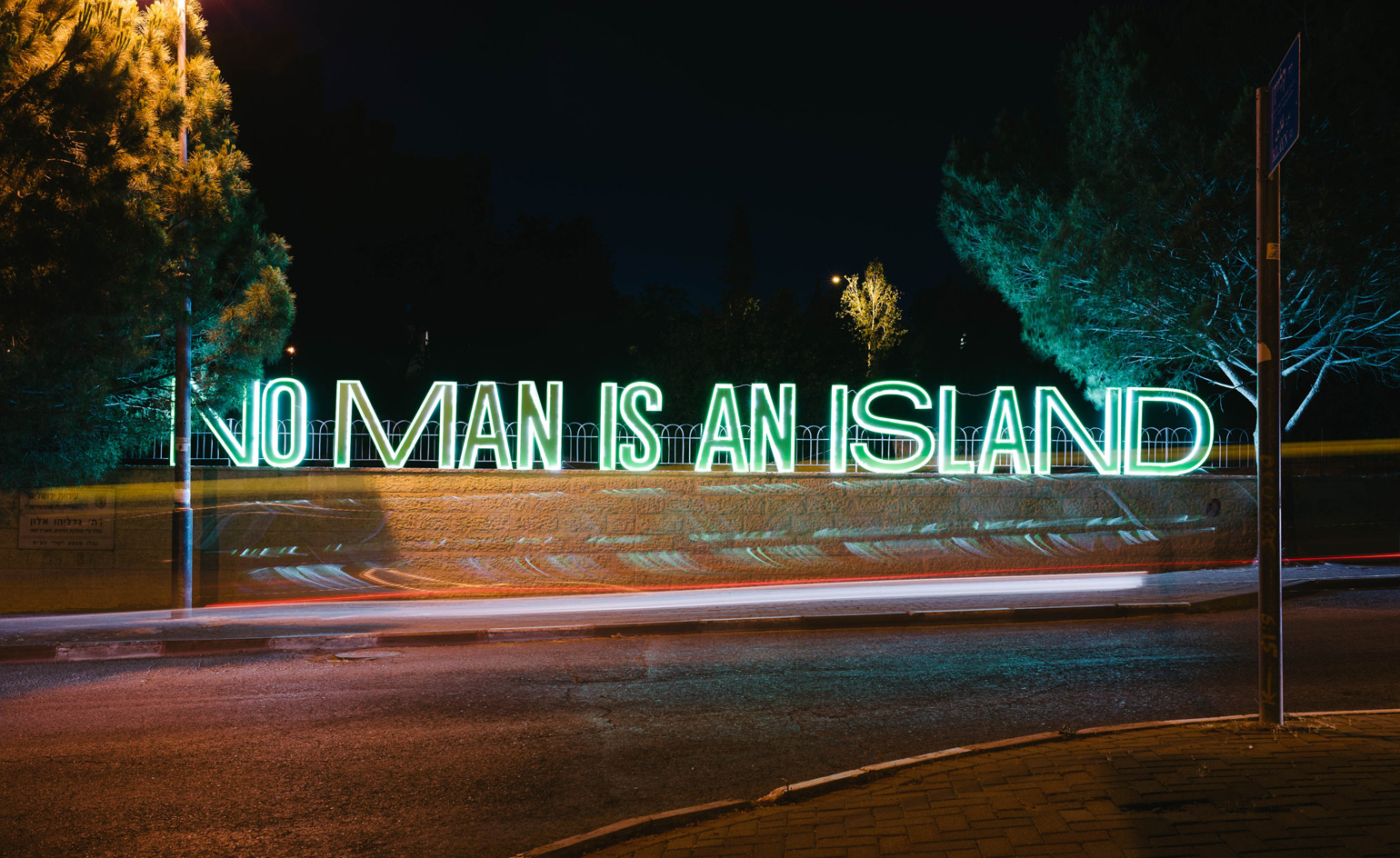
Israel is a country of contrasts. While the 108-year-old city of Tel Aviv has always looked to the future, attracting creative residents with its liberal culture and beachside location, the ancient city of Jerusalem is anchored firmly in its past.
So when six years ago, the Jerusalem Development Authority and Ministry of Jerusalem and Heritage decided to sponsor a design week, the city was presented with a unique opportunity. ‘We wanted to show another side to the city and bring as many people as possible to experience Jerusalem as we see it,’ says Ran Wolf, the managing director of Jerusalem Design Week. ‘Contrary to popular belief, Jerusalem is a leading city in design and creativity. Jerusalem is full of young and creative people.’
Today the perception of Jerusalem is changing. The city is gaining a reputation as a centre for tech start-ups, craft beer, boutique hotels and a lively nightlife scene that unites its diverse citizens. The emerging design scene – bolstered by its world-renowned design school the Bezalel Academy of Arts and Design – is certainly small but also determined. Working out of a series of studios in the city’s Talbiya district, a group of nine local designers called the Jerusalem Design Collective are a sign that young designers are increasingly finding reasons to stay.
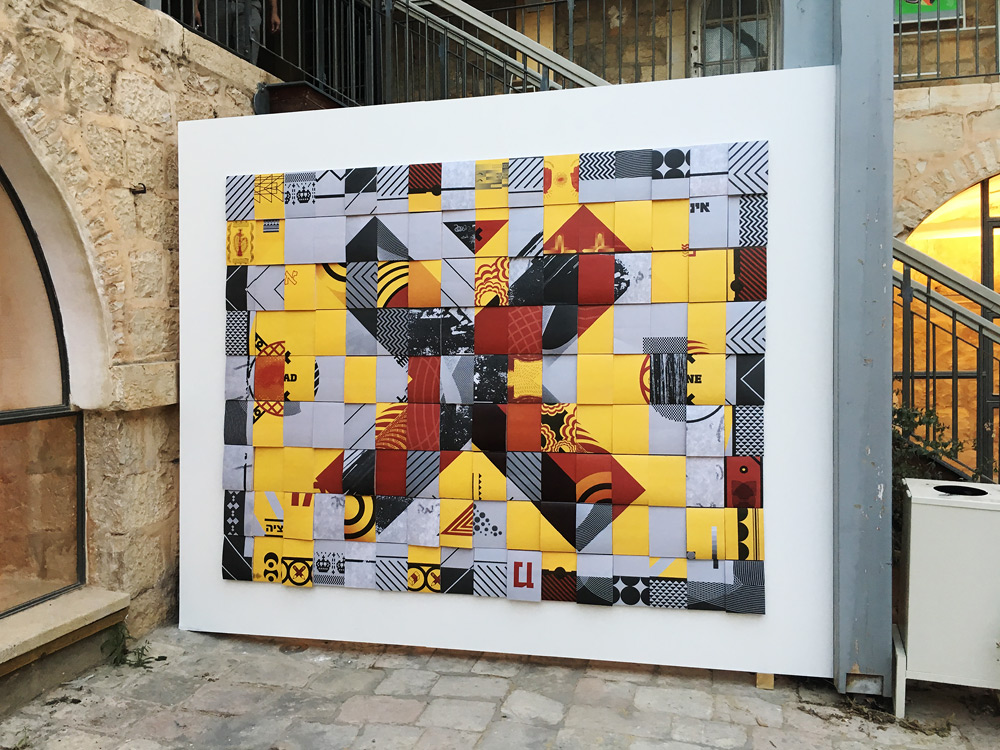
Local studio Grotesca, inspired by the carpet design, created an interactive, grid-like mural made from 144 notepads. Visitors were encouraged to peel off one of the 30000 notepad pages to reveal a new design underneath
‘Being a designer in Jerusalem is a statement. It's about being different and thinking differently,’ says designer Daniel Nahmias, the collective’s founder. ‘Jerusalem is a multicultural cosmopolitan city. While multiculturalism has in the past been a disadvantage in Jerusalem, it has become a distinct advantage. In the coming years, you will be able to see more design centres, more platforms for innovation and creativity. It is a city that invests resources in the design and art community, much more than other cities, with the understanding that the creative class is the engine and key for the city's development.’
The city’s growing design week is helping to nurture this emerging network. Spread across four venues in the city’s affluent Talbiya neighbourhood, this year’s 150 participating designers tackled the broad topic of ‘Islands: an inward exploration of design as a bridge between social, political and cultural boundaries’. The theme is not only a comment on the ongoing conflict over Israel’s borders, but also on wider international political events.
‘With Brexit, Trump’s wall and the mega-portals of the web, the world seems to be closing off into imagined comfort zones,’ explain two of the design week’s curators, Tal Erez and Anat Safran. ‘Facing these changes, designers hold great power: from the potential of creating alternative worlds to the reconstruction of identities.’
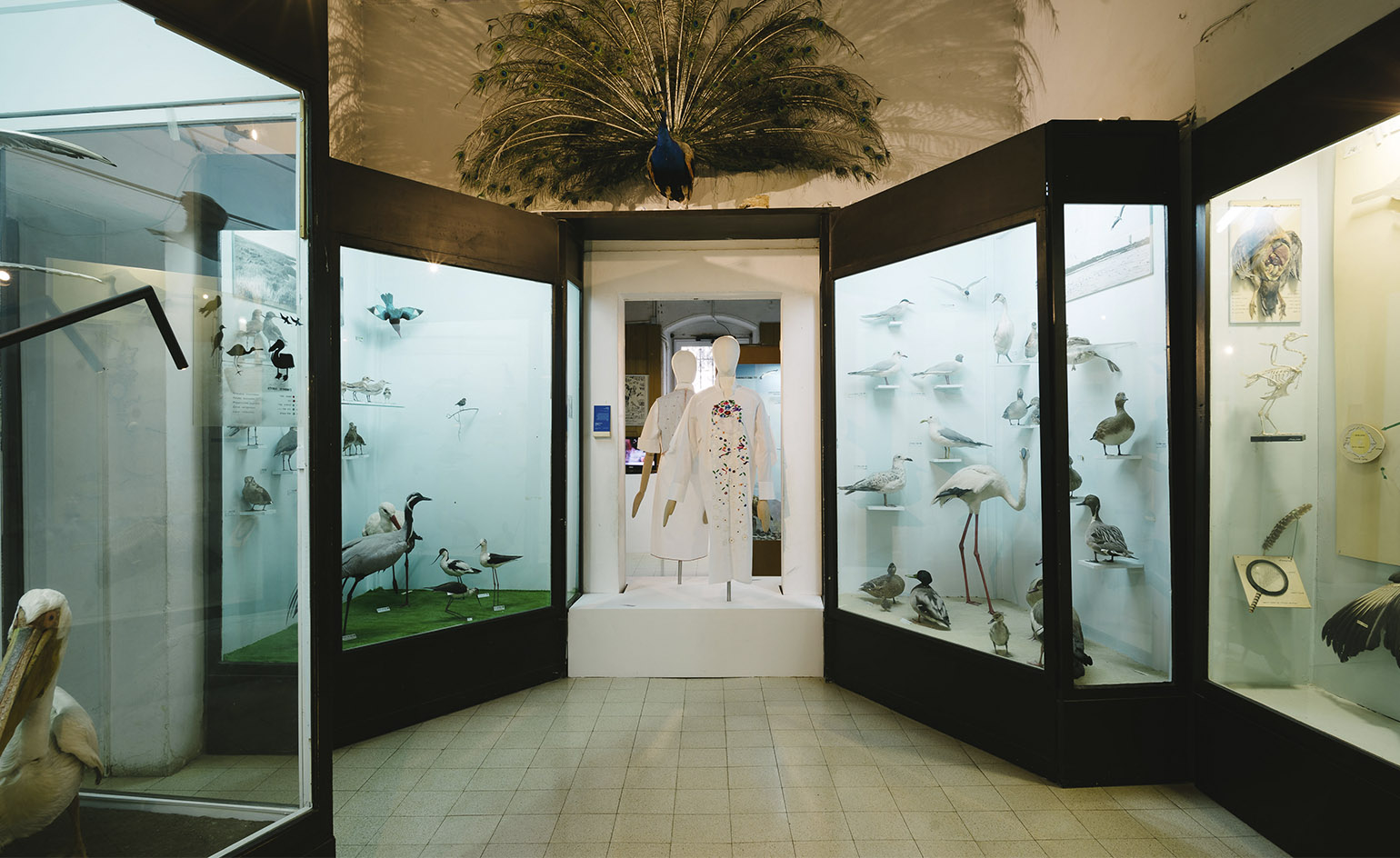
At the Museum of Natural History, product designs by recent graduates of Jerusalem’s Bezalel Academy of Arts and Design were blended in with the museum’s displays in an attempt to create a ‘visual-conceptual conversation between the two’.
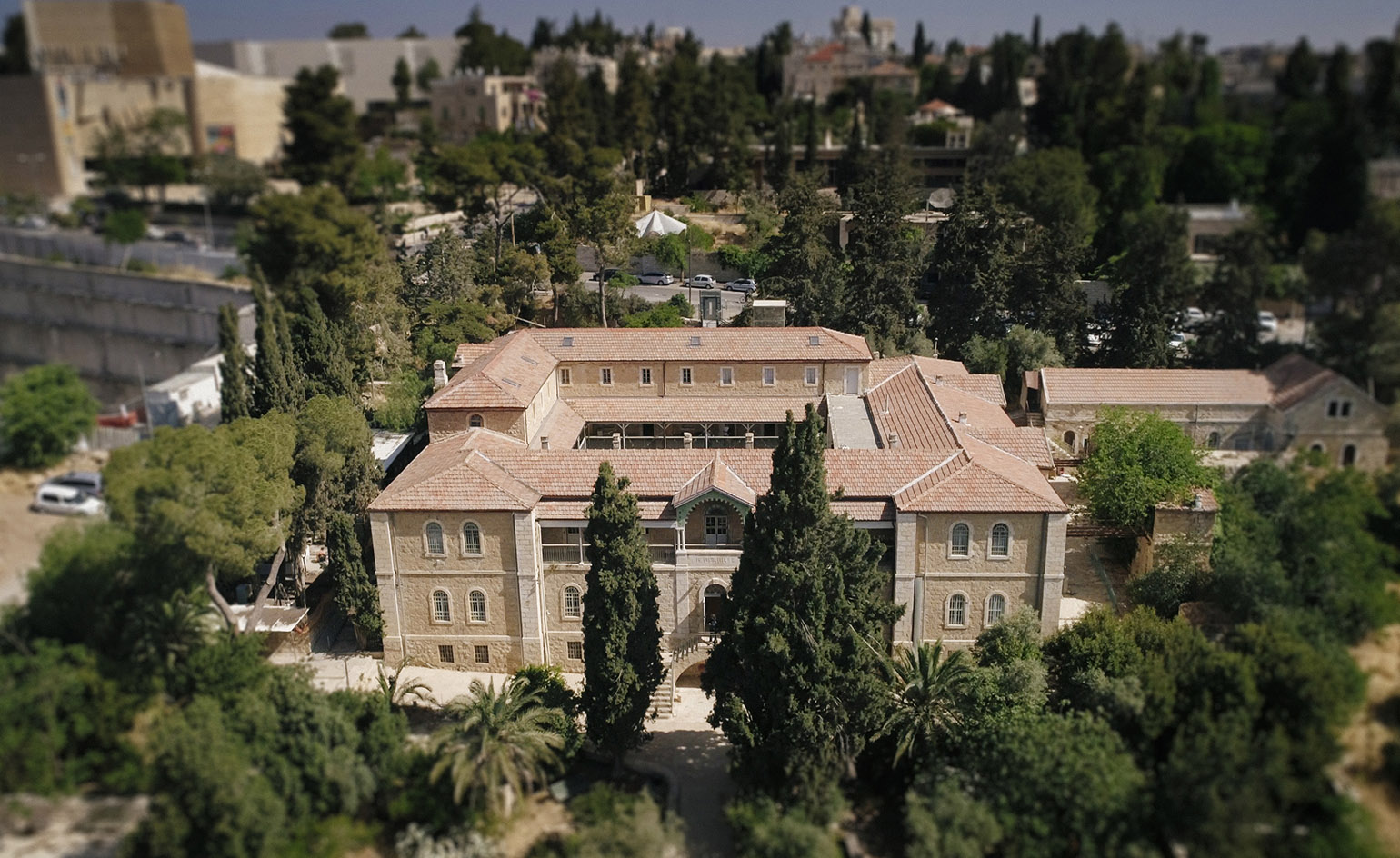
At Hansen House – a former leprosarium that is now a bustling centre for design, media and technology – a series of installations celebrated the late curator Yizchak Gaon, each inspired by one of his legendary exhibitions.
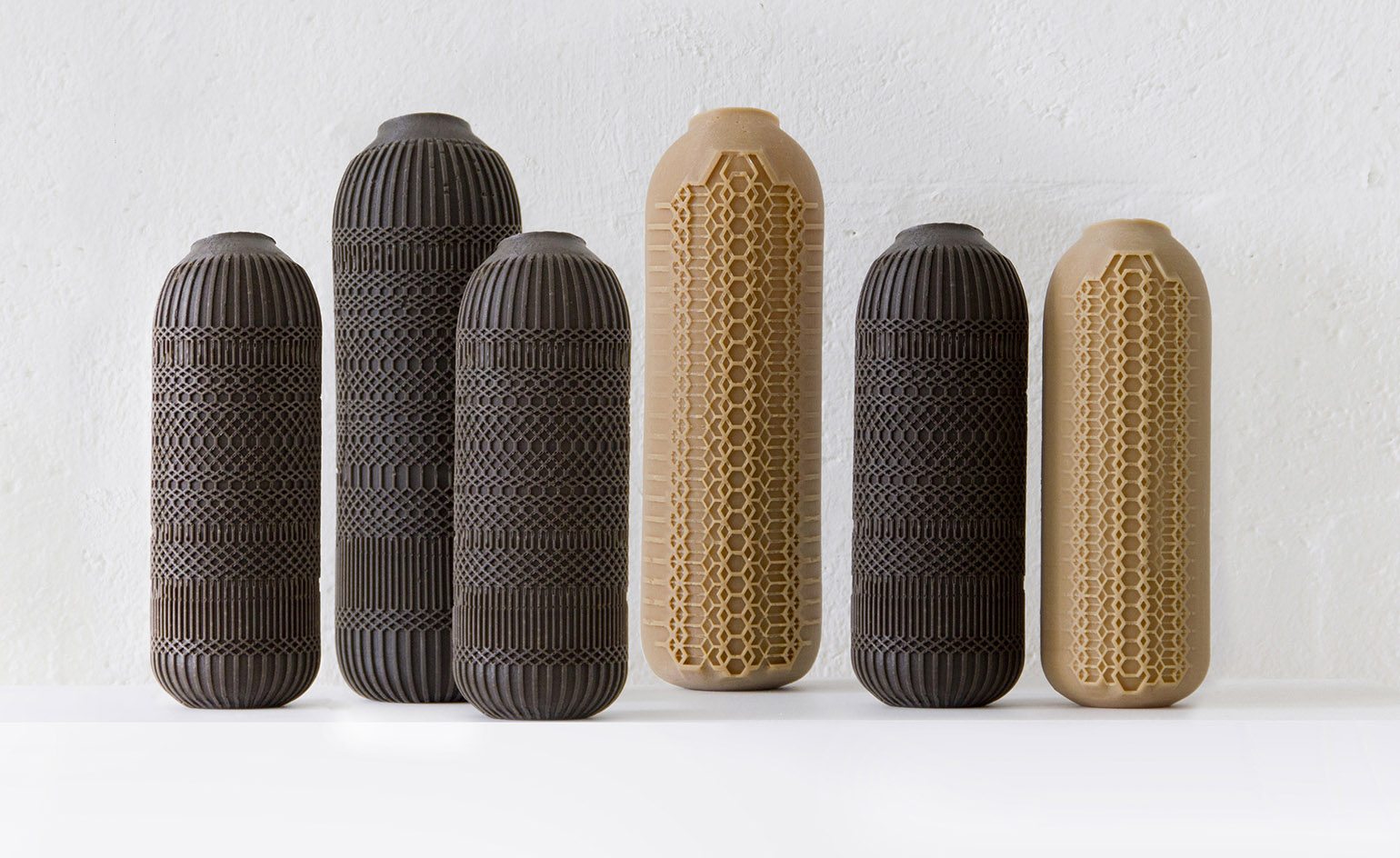
‘Revolve’ vessels, by Talia Mukmel, on view the Museum of Islamic Art.
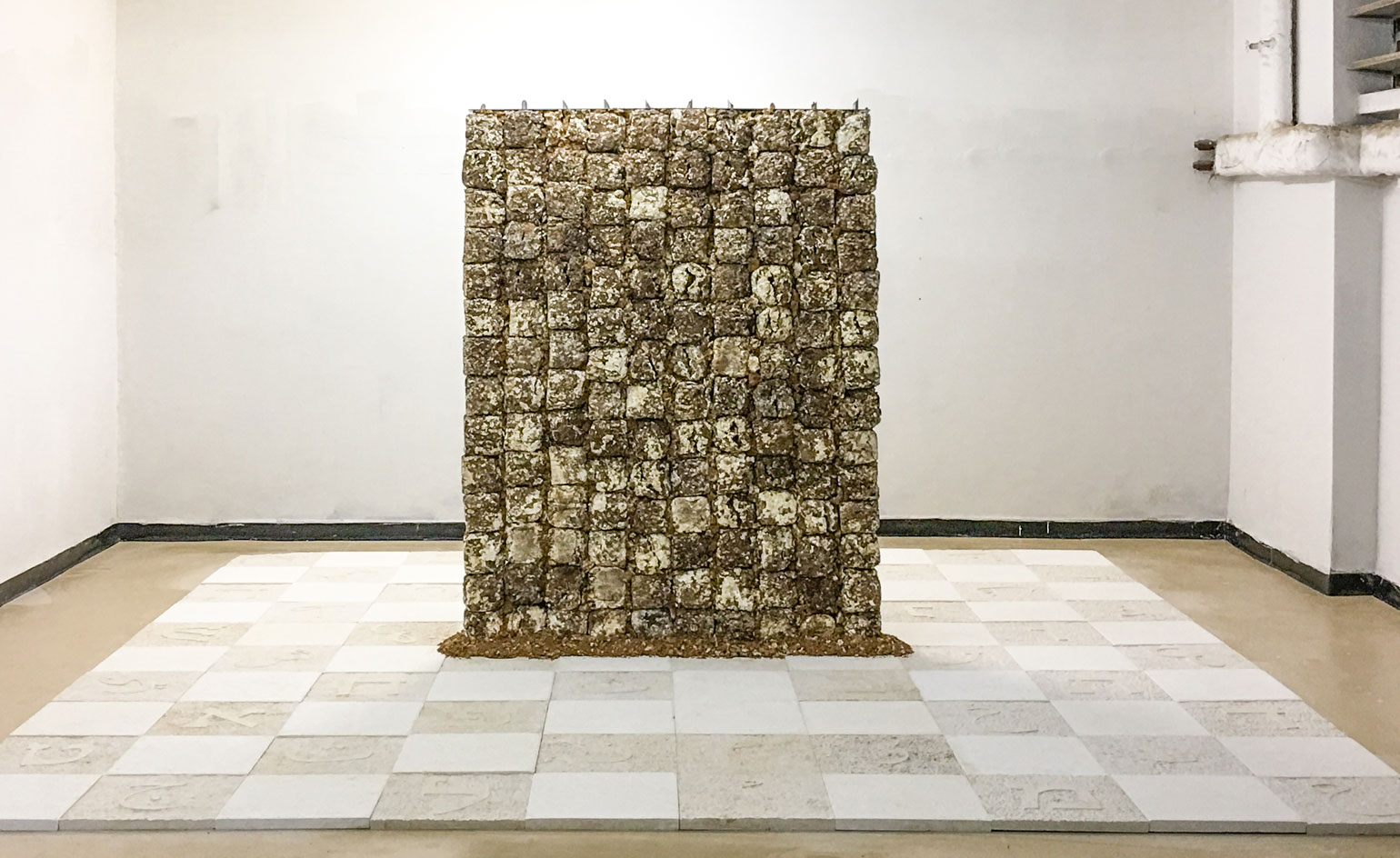
Netherlands-based designer Maurizio Montalti teamed up with Israeli designer Rami Tareef on a wall built from mycelium (or mushroom) brick. As the funghi grow and intertwine, the wall is in a constant state of flux – a reflection on the borders of Jerusalem. The limestone floor tiles engraved with Arabic and Hebrew letters signal that language could be a bridge rather than being a barrier between people. © Maurizio Montalti and Rami Tareef
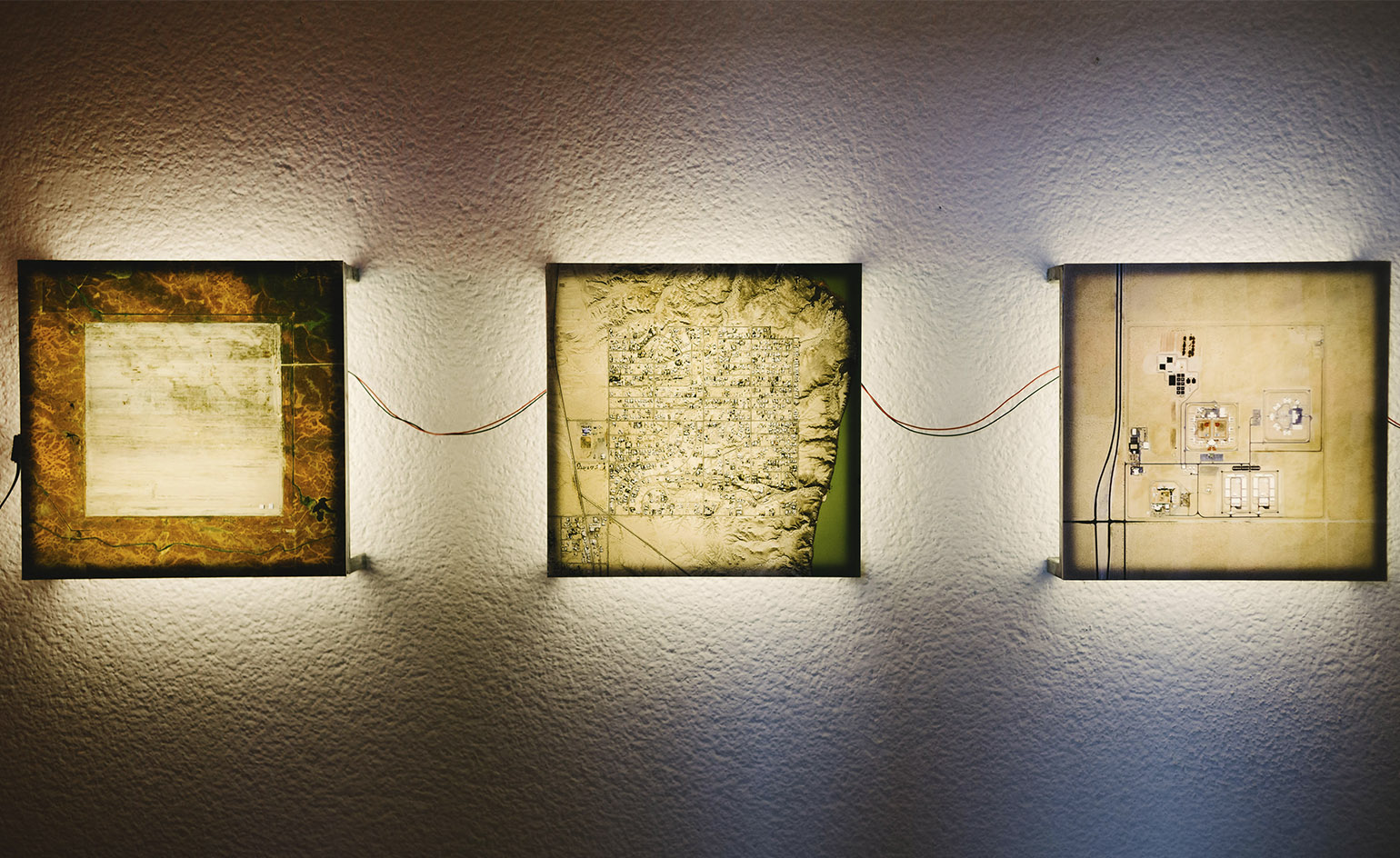
A series of satellite images from Instagram account The Jefferson Grid were displayed across the length of one of the telephone exchange’s walls. Conceived in the 18th century, the grid is still one of the prominent landscape features of America’s mid-west and west coast as revealed by the photographs
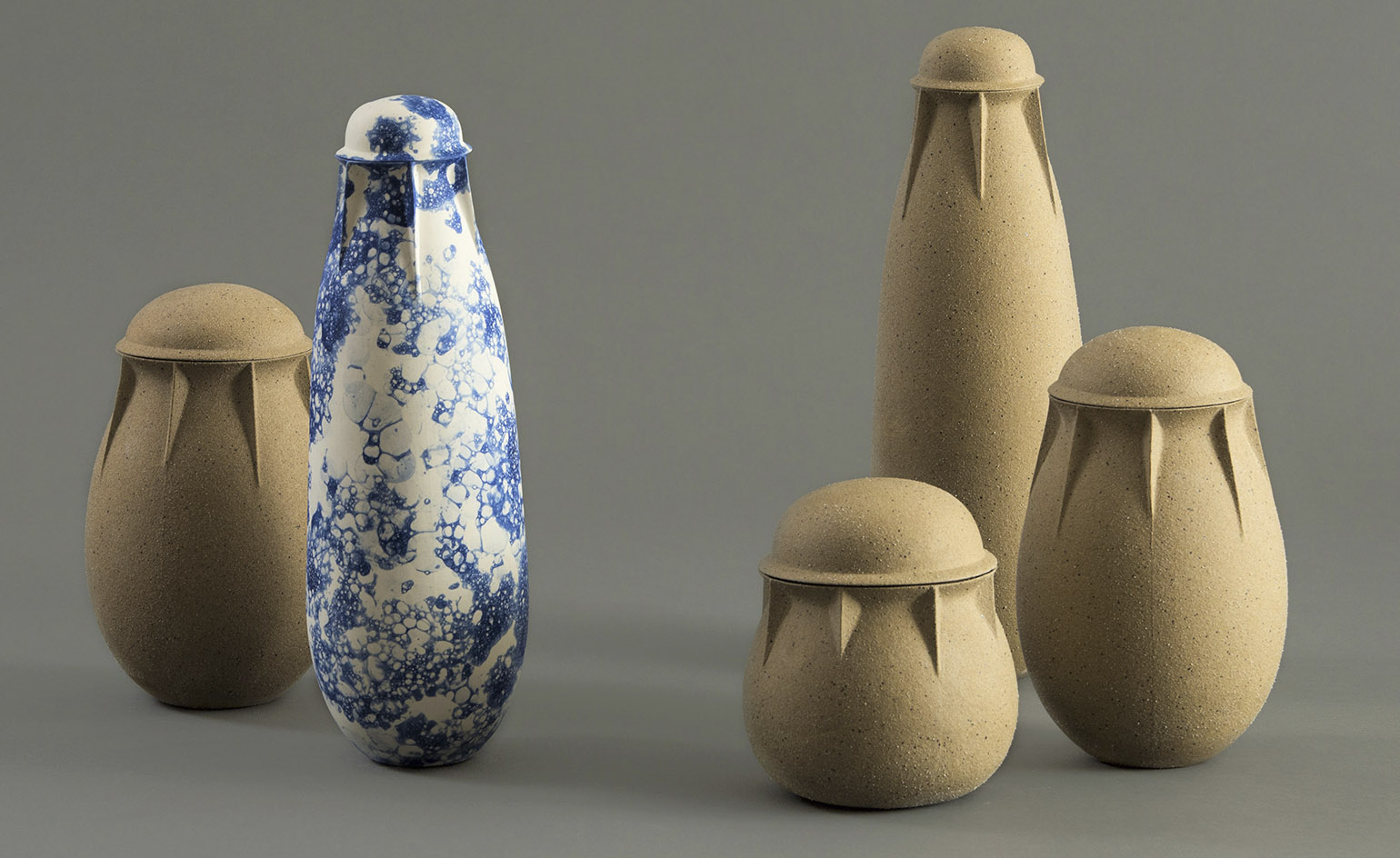
‘We Ferment’ ceramic vessels, by Rotem Gruber
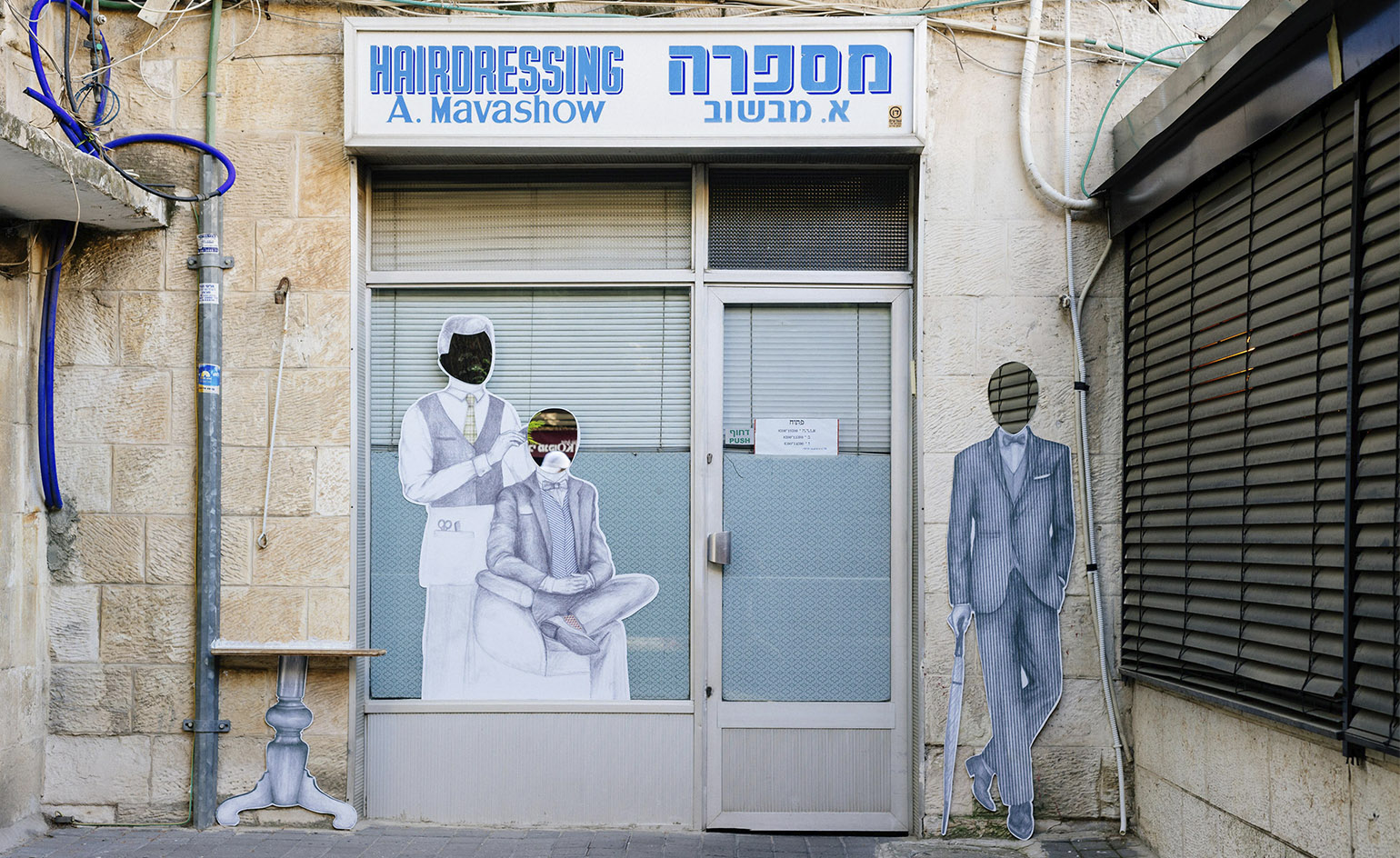
Across the city, the Jerusalem Design Collective worked with a series of local businesses on the city’s Azza Street to create design interventions within their premises. Pictured, a barbershop designed by Noa Razer Shanit Adam and Shani Avivi.
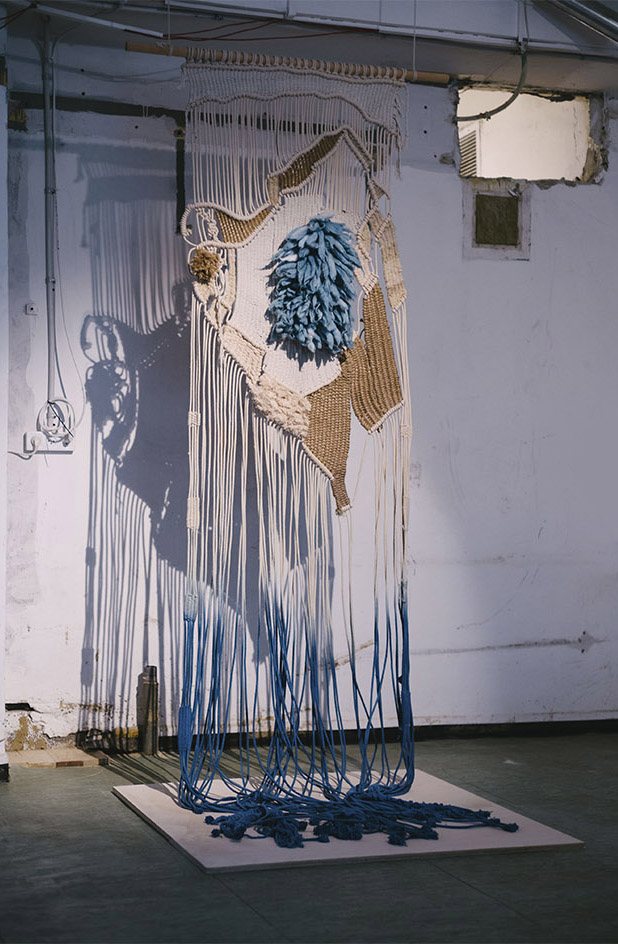
The International Teams programme paired global design talent with local manufacturers, resulting in an array of intriguing works. Omer Polak created a snail-shaped carpet in collaboration with a local dye workshop – the only one in the world that creates an azure dye made from the Hexaplex trunculus snails, a species that is only found on the islands of Israel.
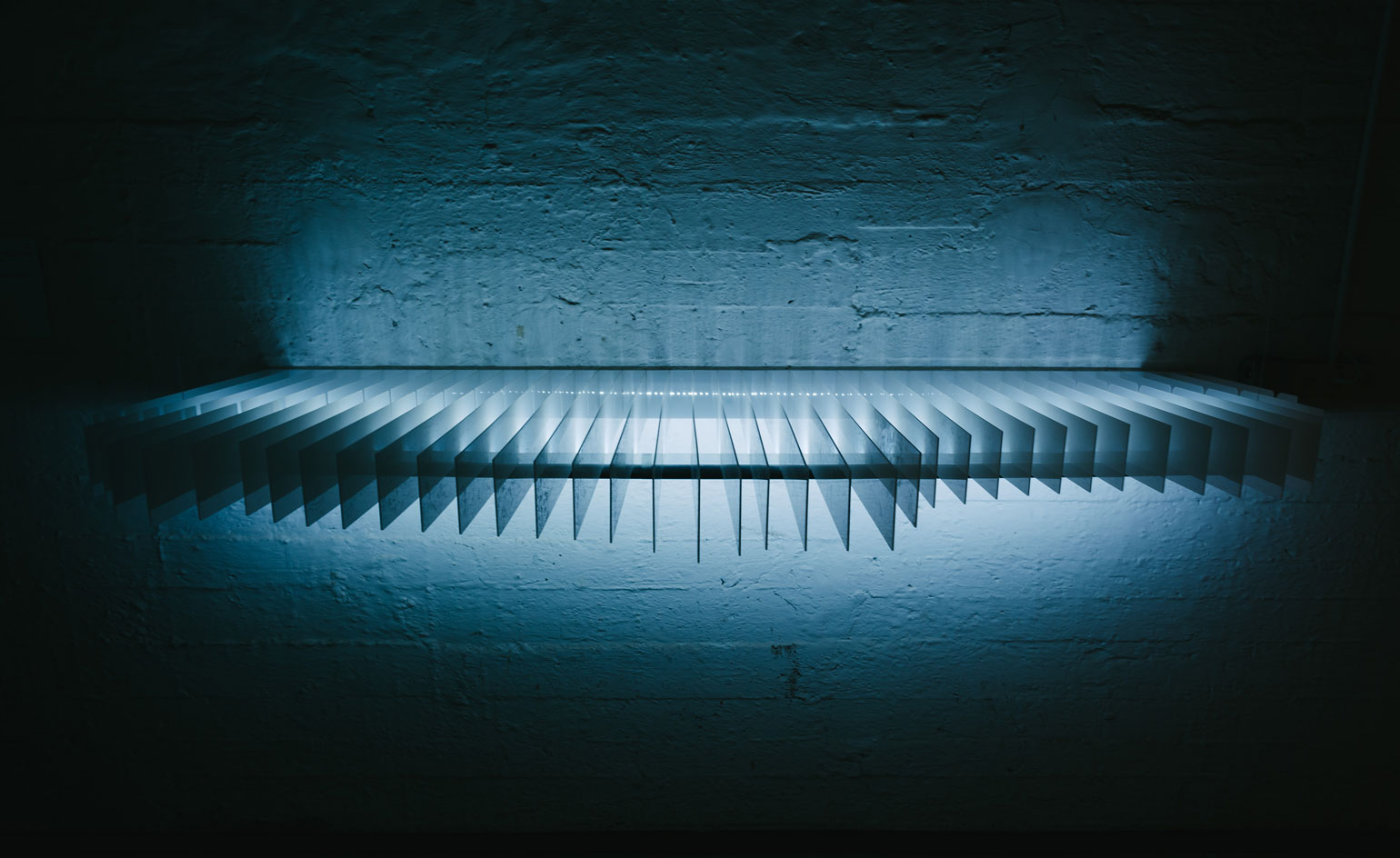
Israeli ceramic artist Jonathan Hope and Danish information designer Peter Ørntoft created an ethereal scale model of an enormous 350m-deep crack that has formed in the Larsen C ice shelf in Antarctica.
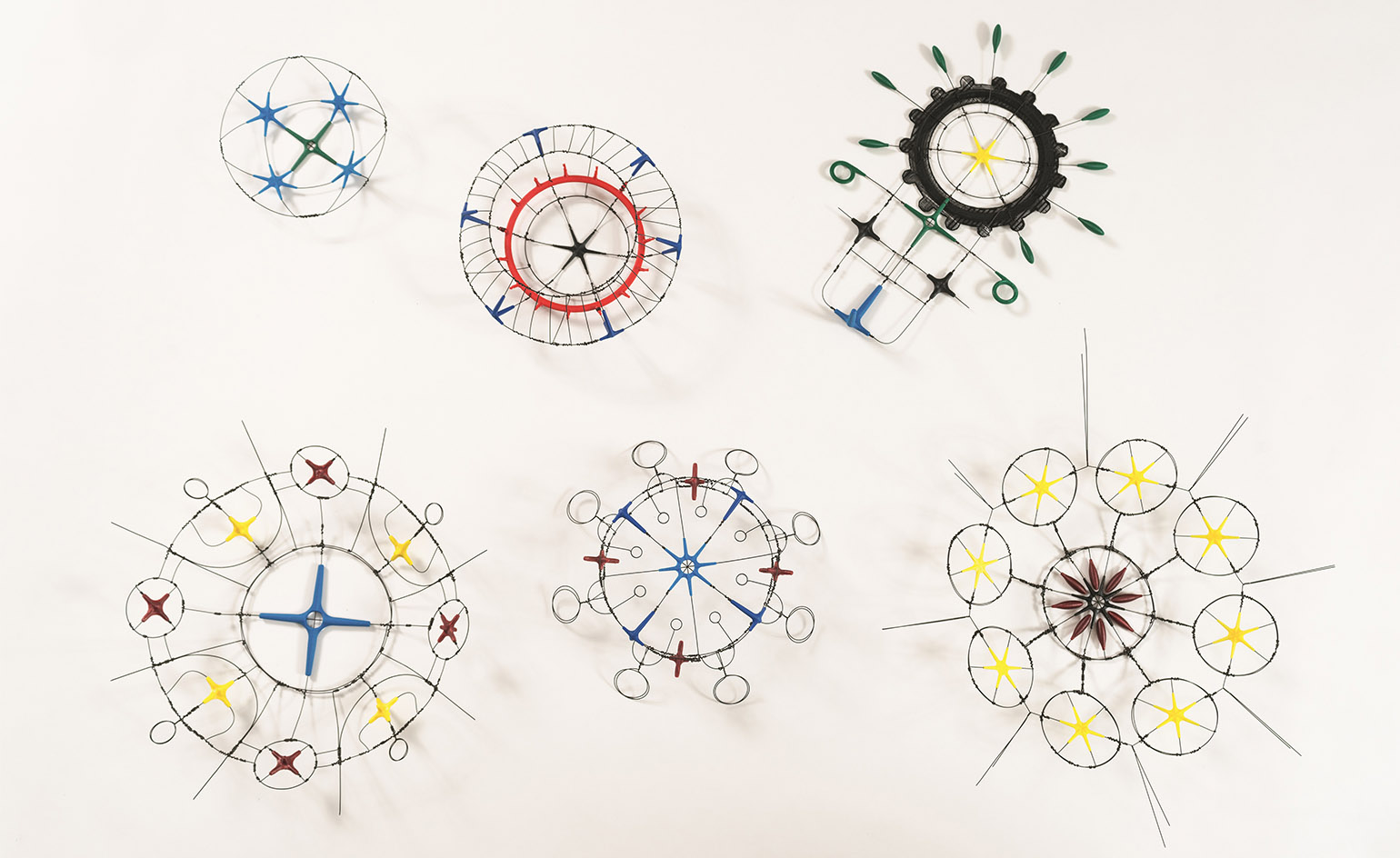
The exhibition ‘Repositioning’, curated by Alon Razgour at the Museum of Islamic Art, saw 12 artists create new artworks (including Koby Sibony, pictured) inspired by one particular piece from the museum’s collection
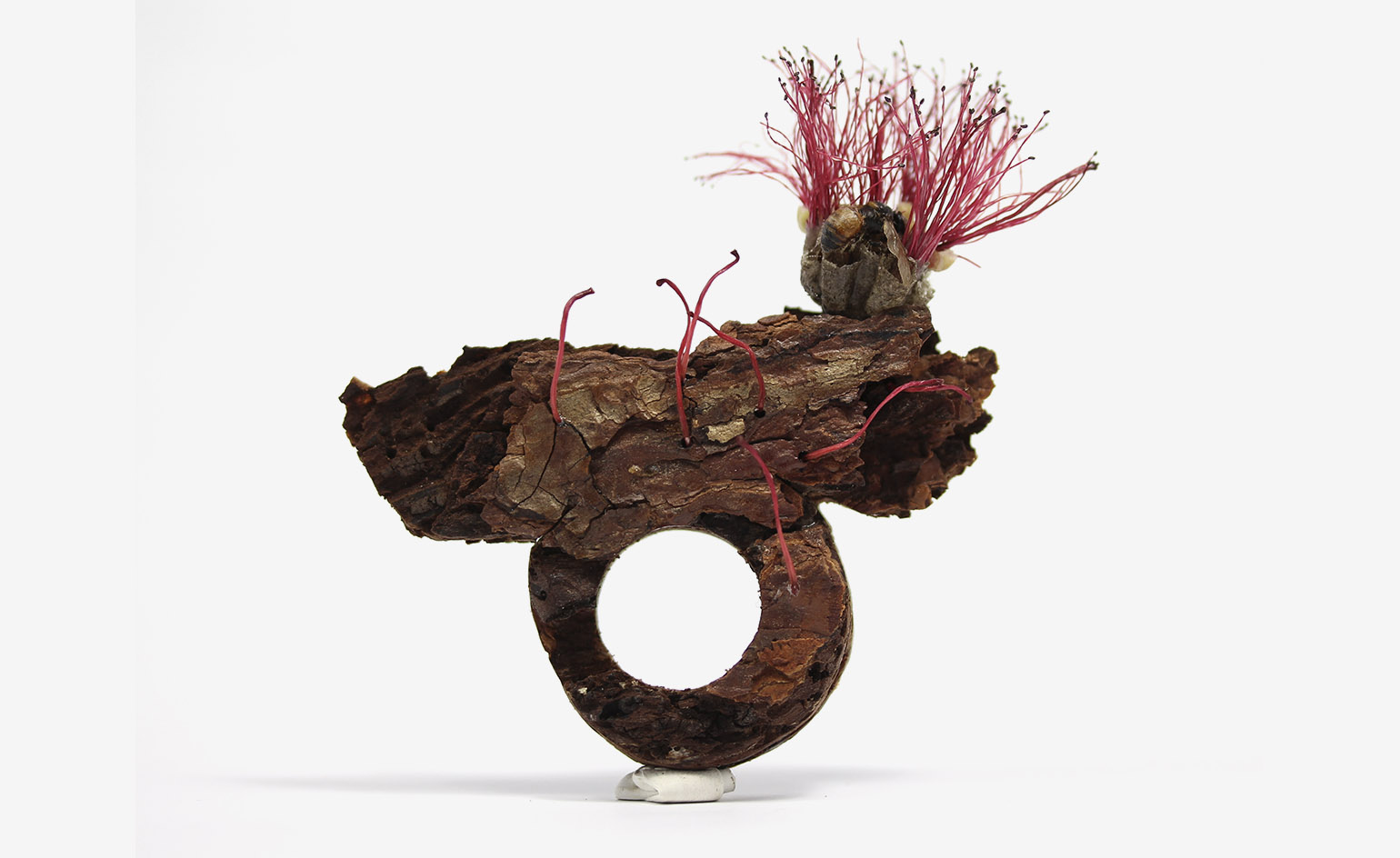
Students, graduates and teachers at Bezalel’s MDES programme in industrial design presented their take on autarky – an ideal economic unit that supplies all of its own needs without relying on outside sources. Pictured, a vessel from Ariel Lavian’s ‘My garden – Spring’ series made using materials sourced entirely from his studio’s garden
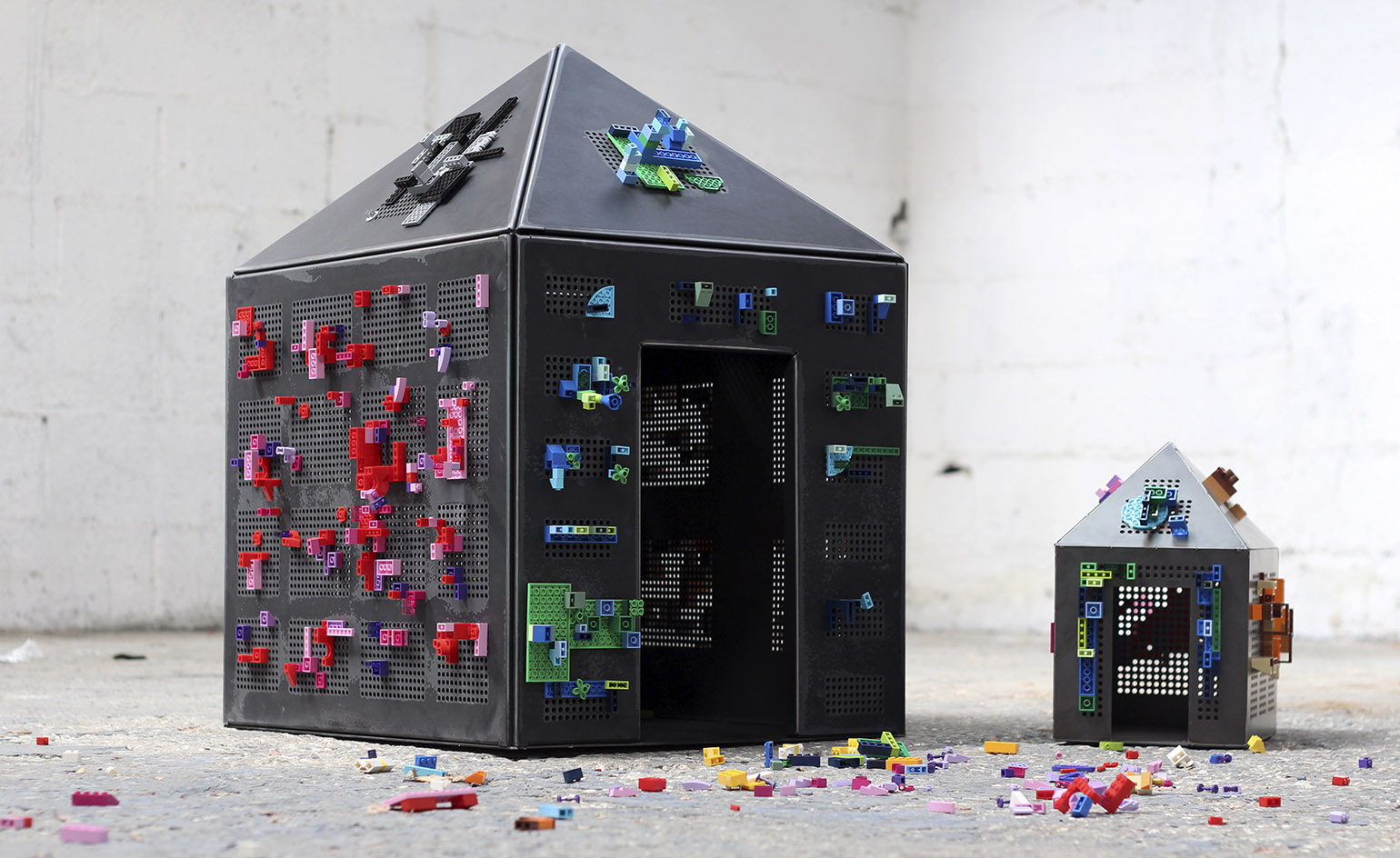
'Opposite', an interactive Lego house was designed by local studio Magenta, who exhibited at Hansen House, Center for Design, Media and Technology.
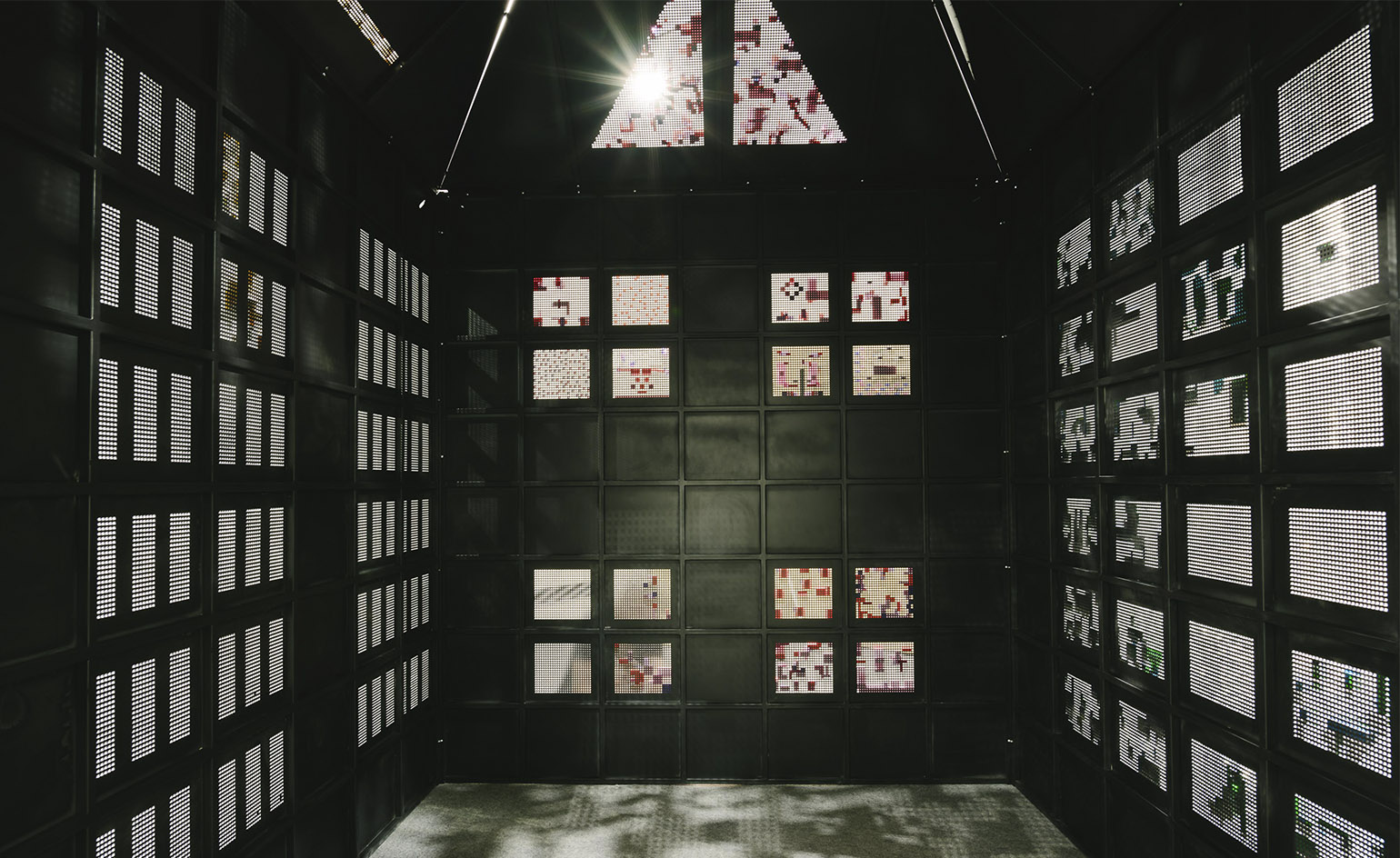
Inside the interactive Lego installation, 'Opposite'.
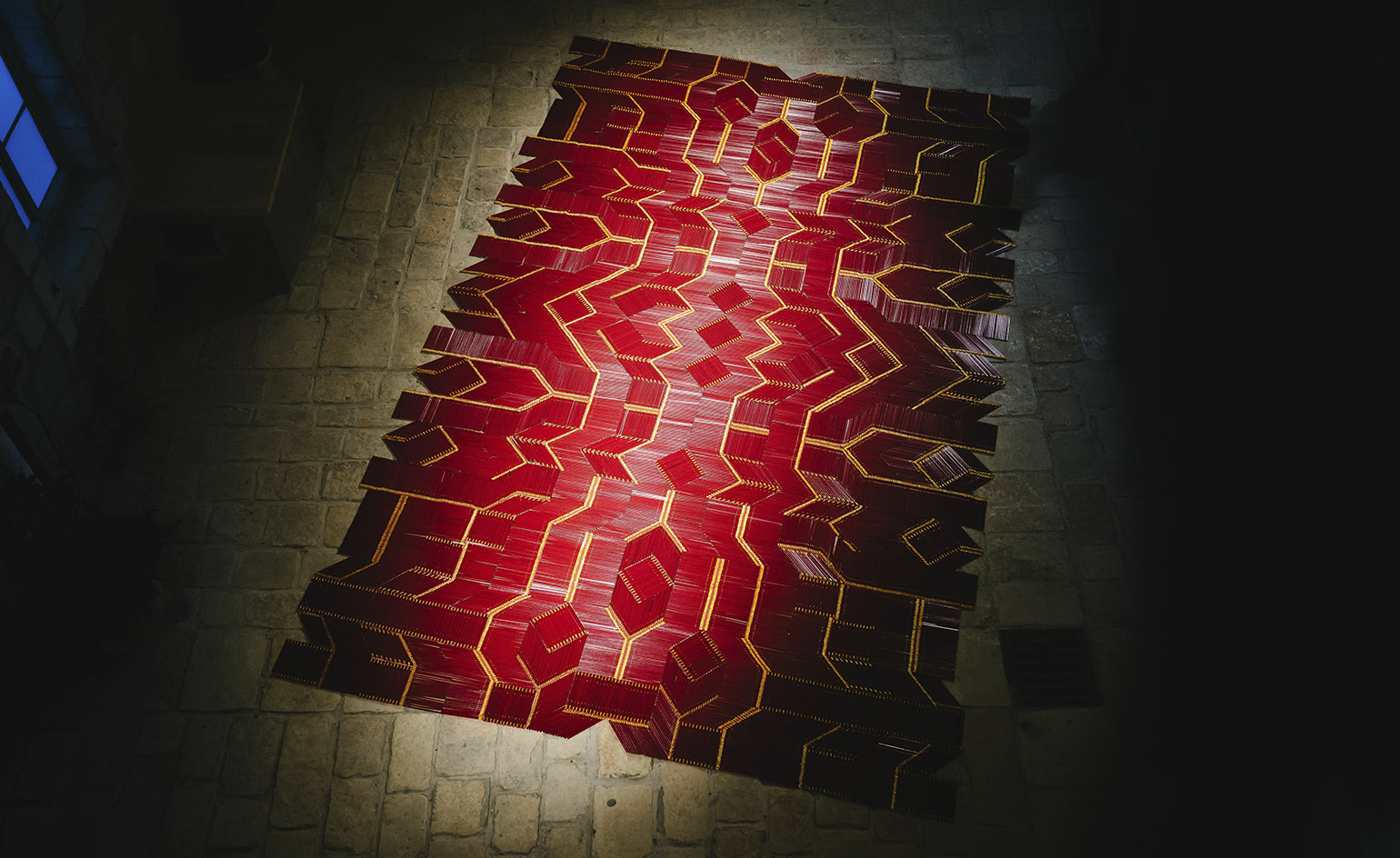
In the Hansen House’s courtyard, Dutch collective We Make Carpets installed a carpet comprising 12,000 pencils.
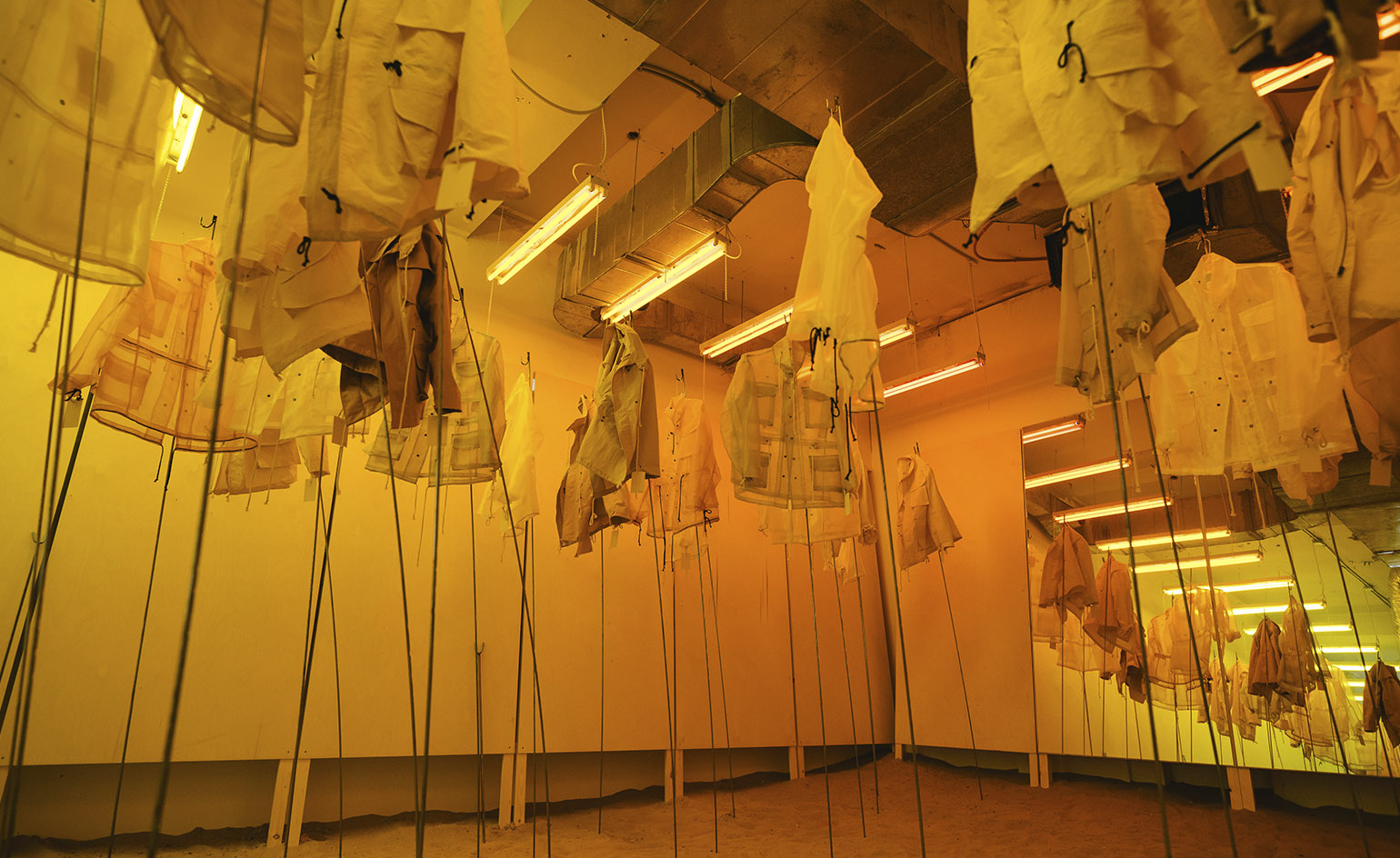
The ‘Fashion Island’ show saw local design studio the Muslin Brothers create 100 lightweight coats from organza and lightweight plastics. Based upon the original US army coat that was used during the Vietnam War, the garments were hung from poles mounted in sand. Drenched in an obscure yellow light, visitors were invited to try the coats on as they walked through the surreal desert-like space.
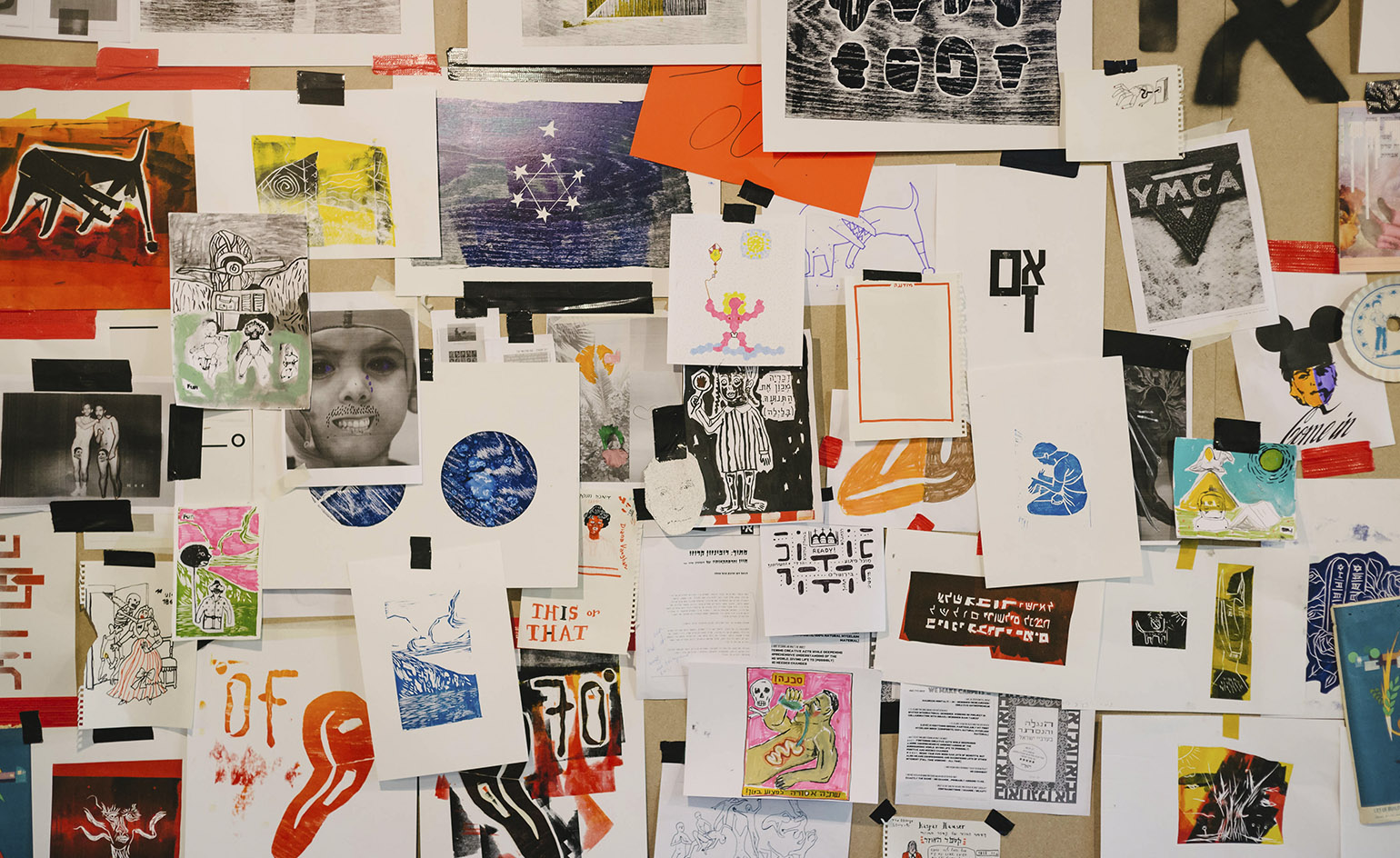
At the former Bezeq telephone exchange, the ‘Graphic Island’ show directed by Guy Saggee and Michal Sahar functioned as a temporary news desk where designers, reporters, photographers, writers and illustrators gathered each day to produce a daily publication. Produced on a traditional printing press, the results were used to create a mural that documented the week.
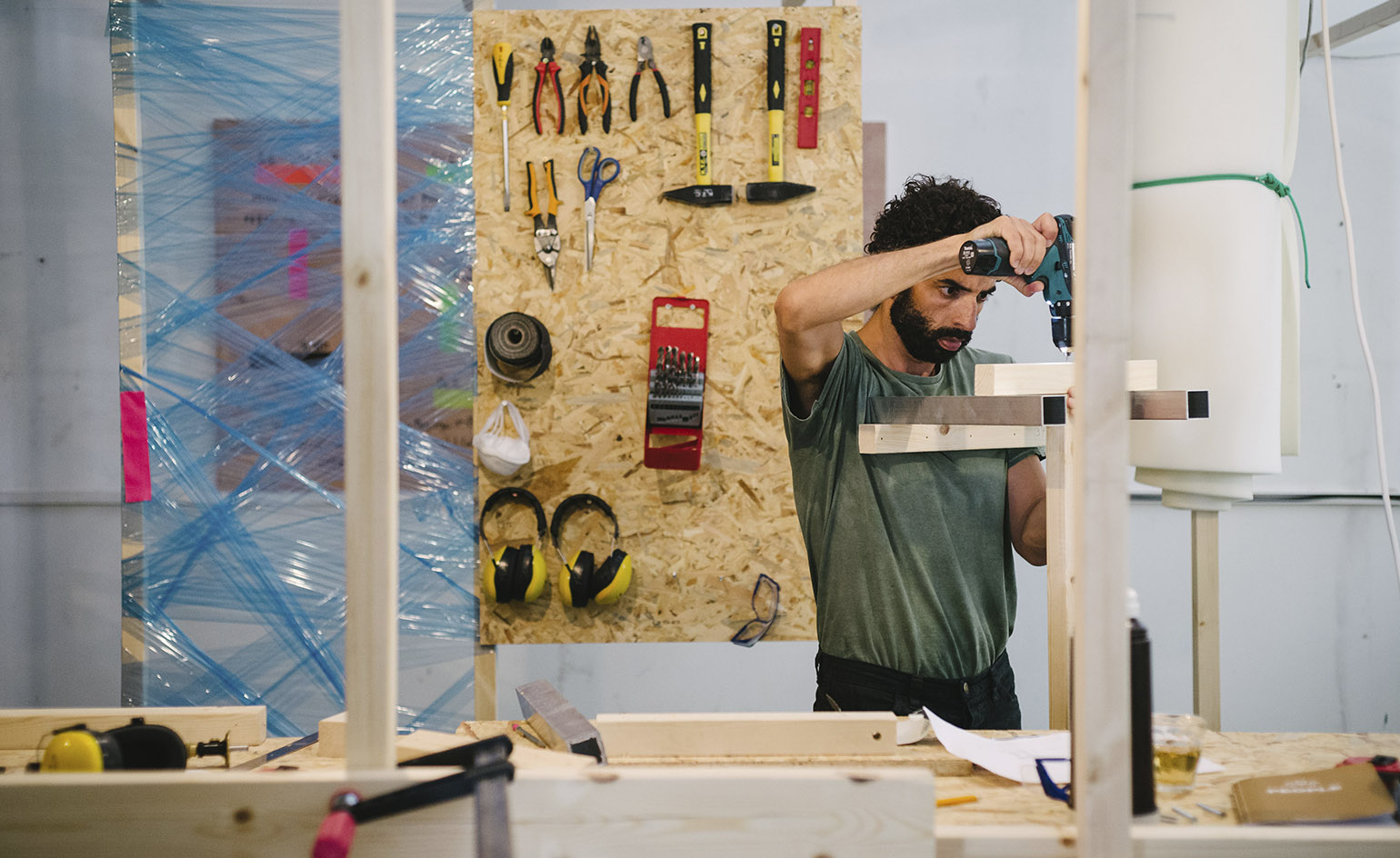
At the ‘Product Island’ exhibition, Itay Ohaly challenged designers to make functional off-the-cuff products using only the limited materials available in the room.
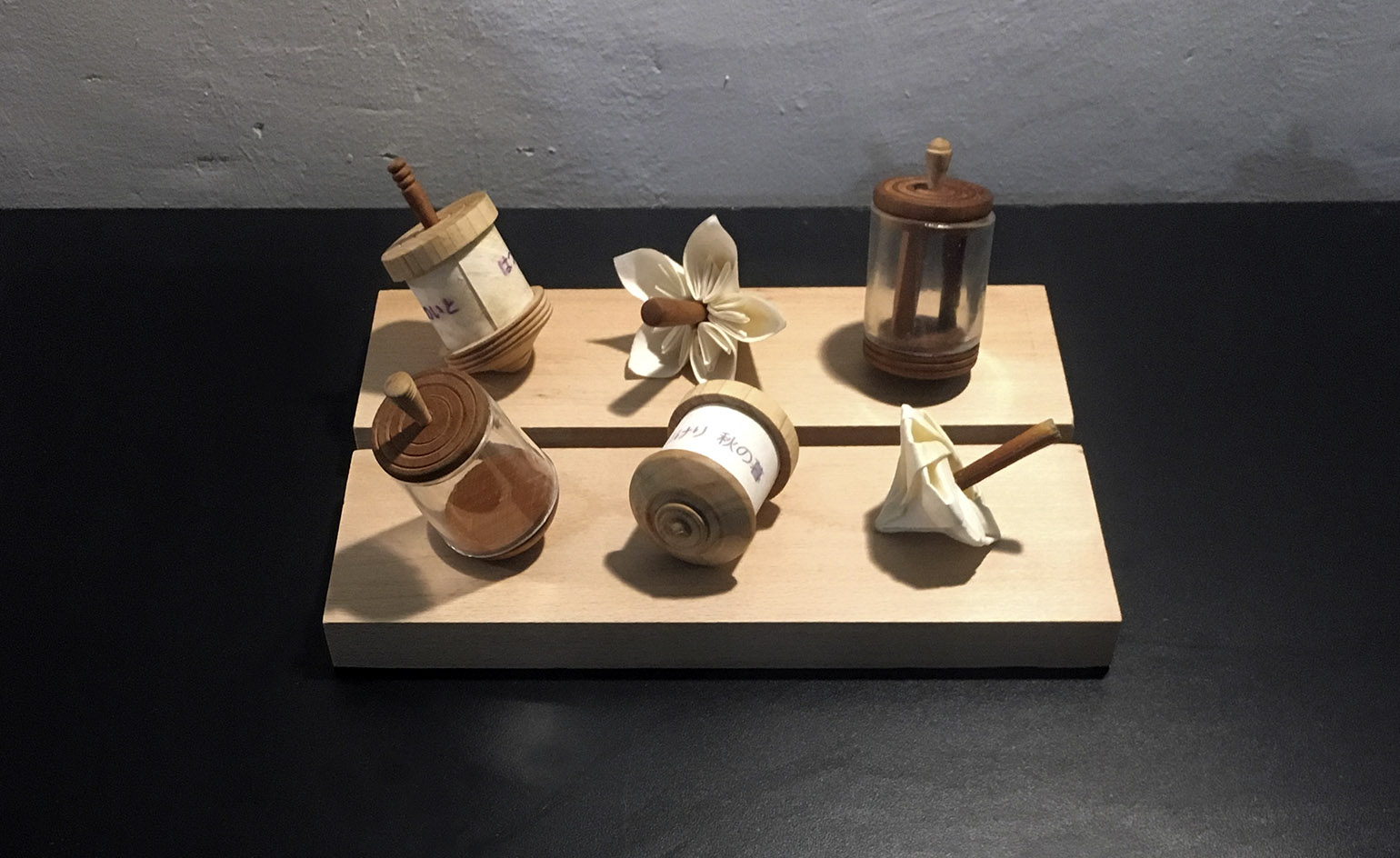
The Department of Inclusive Industrial Design at Hadassah Academic College exhibited a series of sculptural wooden objects inspired by wood processing techniques from three ‘cultural islands’: Japan, Africa and the US. The results demonstrate the cultural religious, philosophic and design aspects of each location
INFORMATION
For more information, visit the Jerusalem Design Week website
Wallpaper* Newsletter
Receive our daily digest of inspiration, escapism and design stories from around the world direct to your inbox.
Ali Morris is a UK-based editor, writer and creative consultant specialising in design, interiors and architecture. In her 16 years as a design writer, Ali has travelled the world, crafting articles about creative projects, products, places and people for titles such as Dezeen, Wallpaper* and Kinfolk.
-
 All-In is the Paris-based label making full-force fashion for main character dressing
All-In is the Paris-based label making full-force fashion for main character dressingPart of our monthly Uprising series, Wallpaper* meets Benjamin Barron and Bror August Vestbø of All-In, the LVMH Prize-nominated label which bases its collections on a riotous cast of characters – real and imagined
By Orla Brennan
-
 Maserati joins forces with Giorgetti for a turbo-charged relationship
Maserati joins forces with Giorgetti for a turbo-charged relationshipAnnouncing their marriage during Milan Design Week, the brands unveiled a collection, a car and a long term commitment
By Hugo Macdonald
-
 Through an innovative new training program, Poltrona Frau aims to safeguard Italian craft
Through an innovative new training program, Poltrona Frau aims to safeguard Italian craftThe heritage furniture manufacturer is training a new generation of leather artisans
By Cristina Kiran Piotti
-
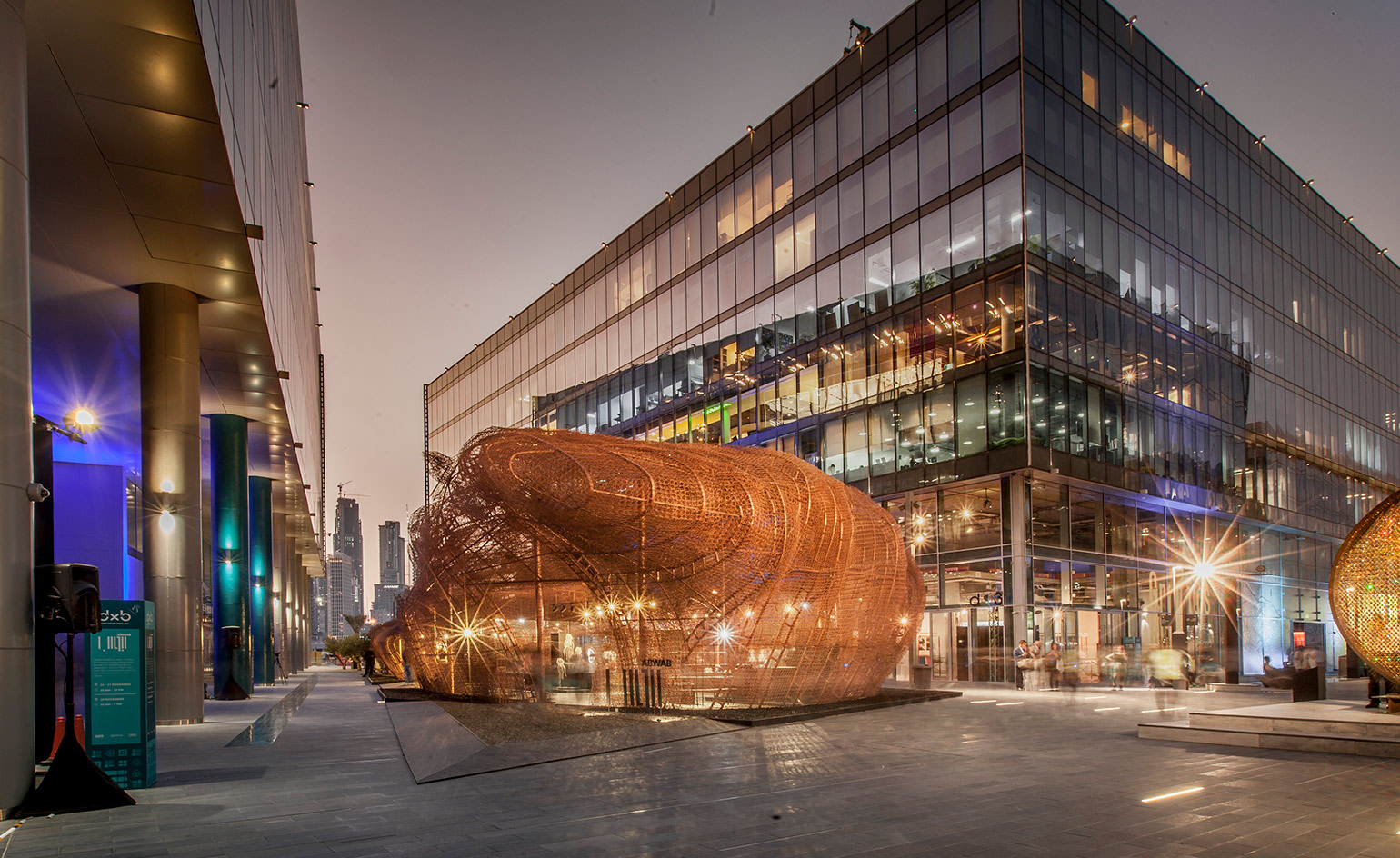 Creative dispatches: highlights from Dubai Design Week 2017
Creative dispatches: highlights from Dubai Design Week 2017By Becky Sunshine
-
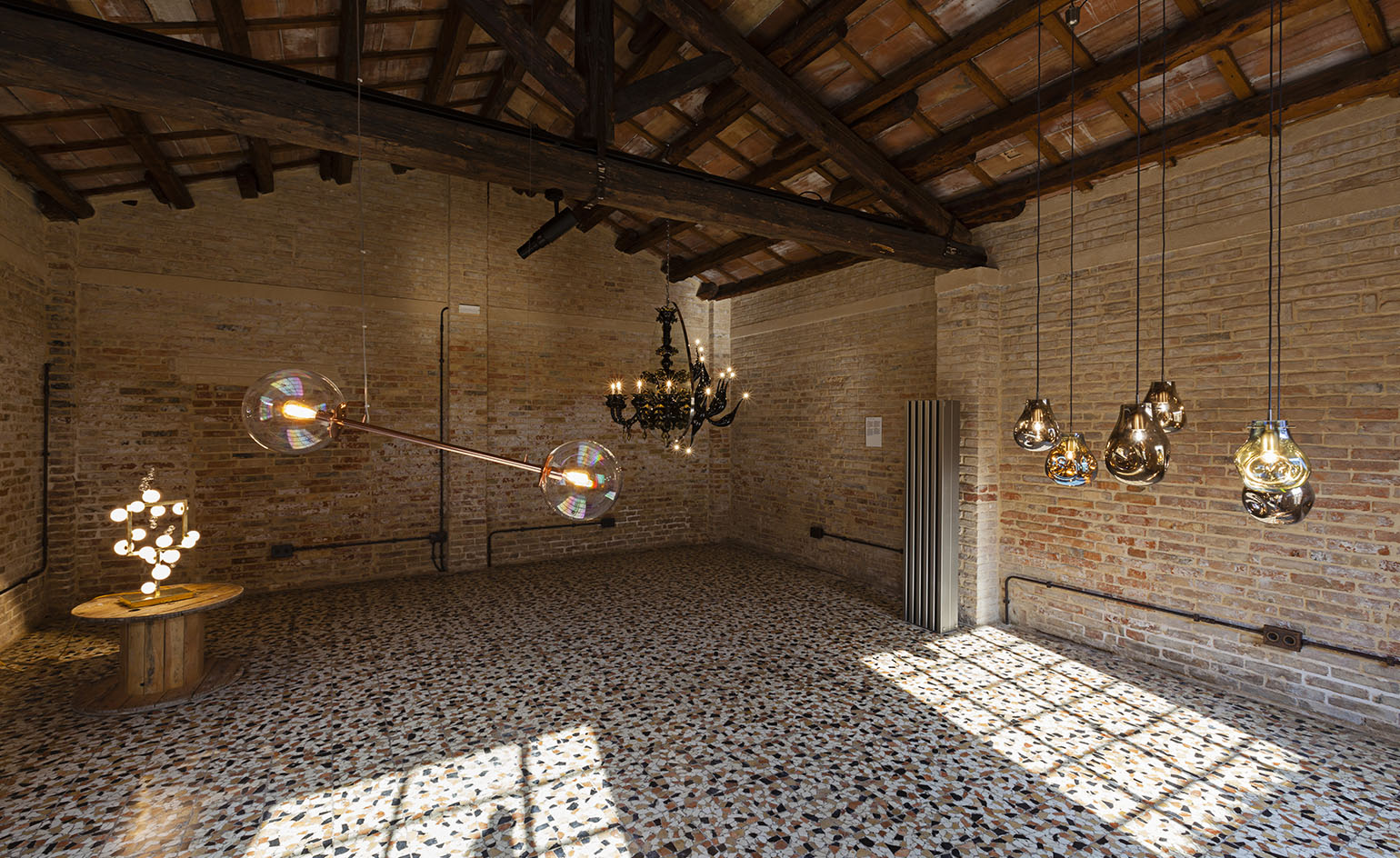 The inaugural Venice Glass Week celebrates the beating heart of the city
The inaugural Venice Glass Week celebrates the beating heart of the cityBy Ali Morris
-
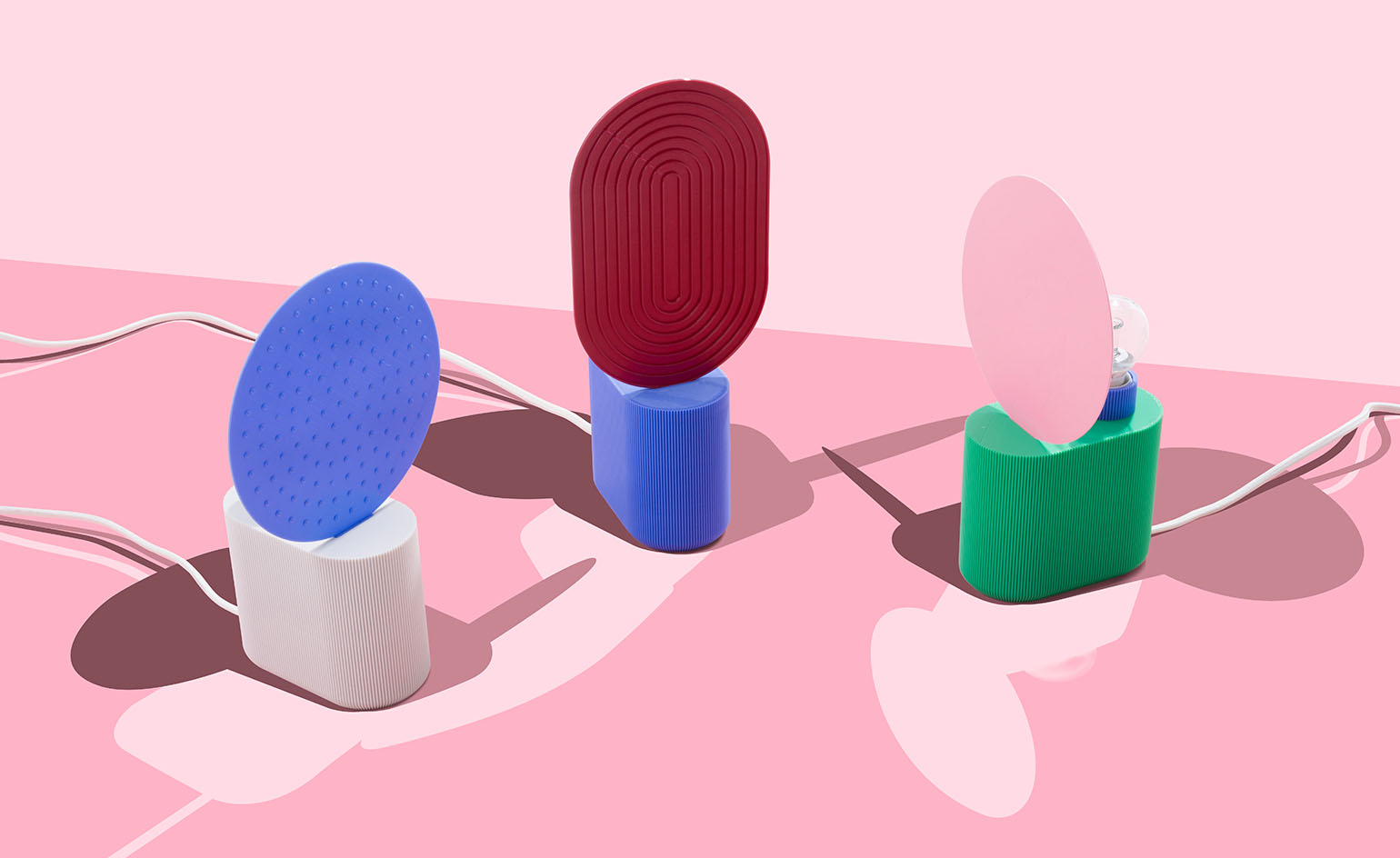 Emerging talents and canny collaborations steal the show at Maison et Objet 2017
Emerging talents and canny collaborations steal the show at Maison et Objet 2017By Emma Moore
-
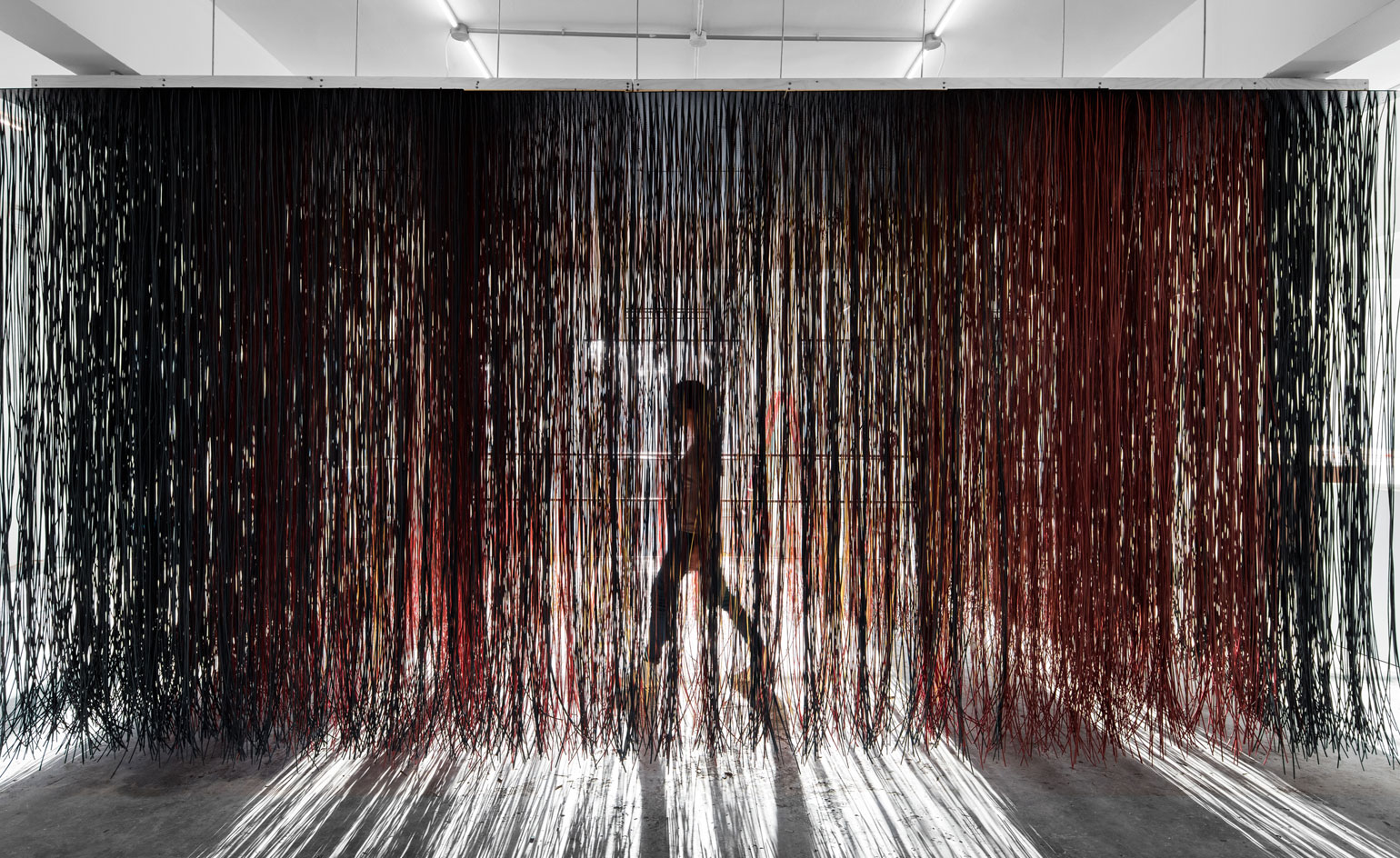 Beirut Design Week looks to the future of making, challenging the need for design
Beirut Design Week looks to the future of making, challenging the need for designBy Giovanna Dunmall
-
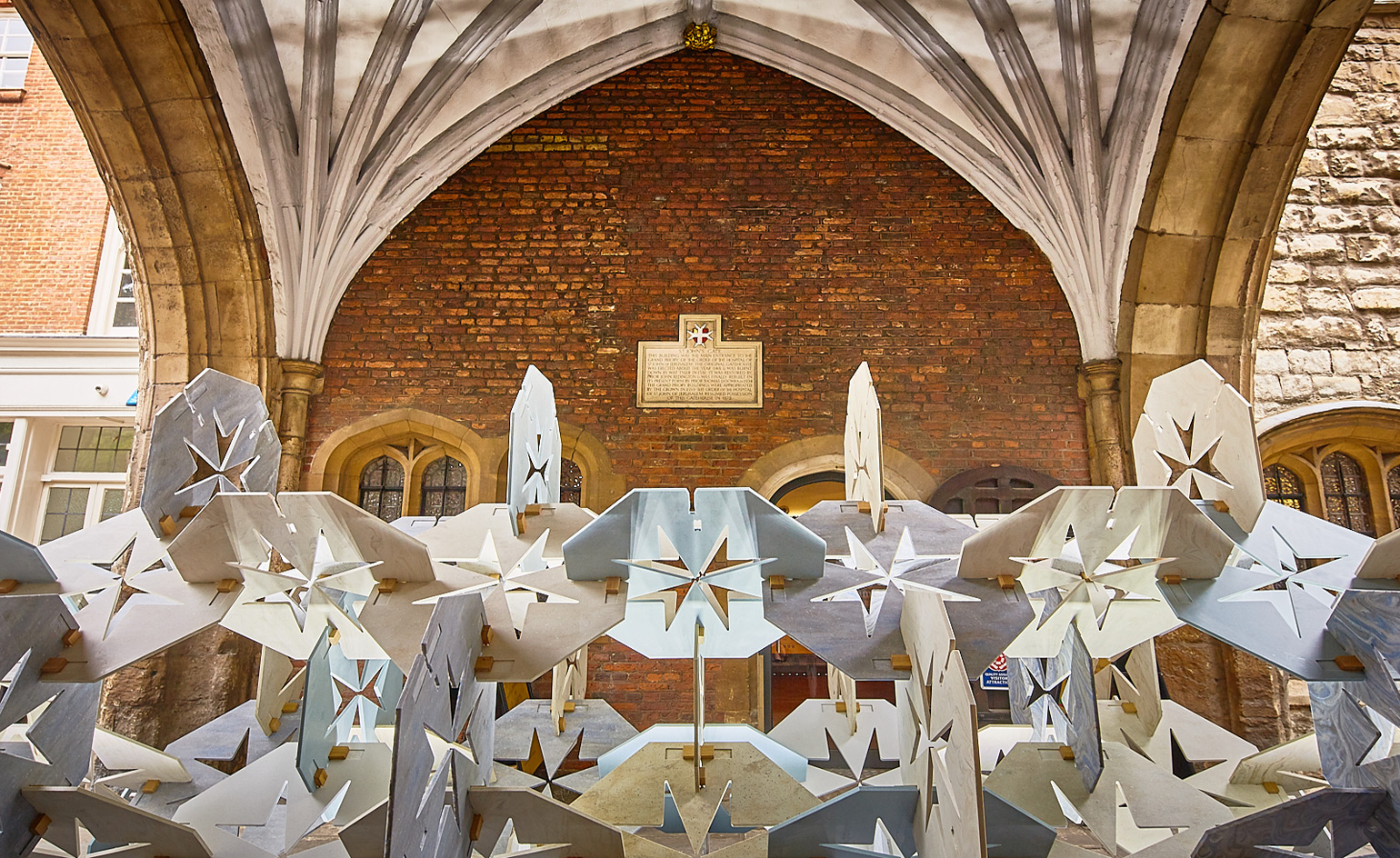 From prisons to nightclubs, Clerkenwell Design Week 2017 set an ecletic stage
From prisons to nightclubs, Clerkenwell Design Week 2017 set an ecletic stageBy Ali Morris
-
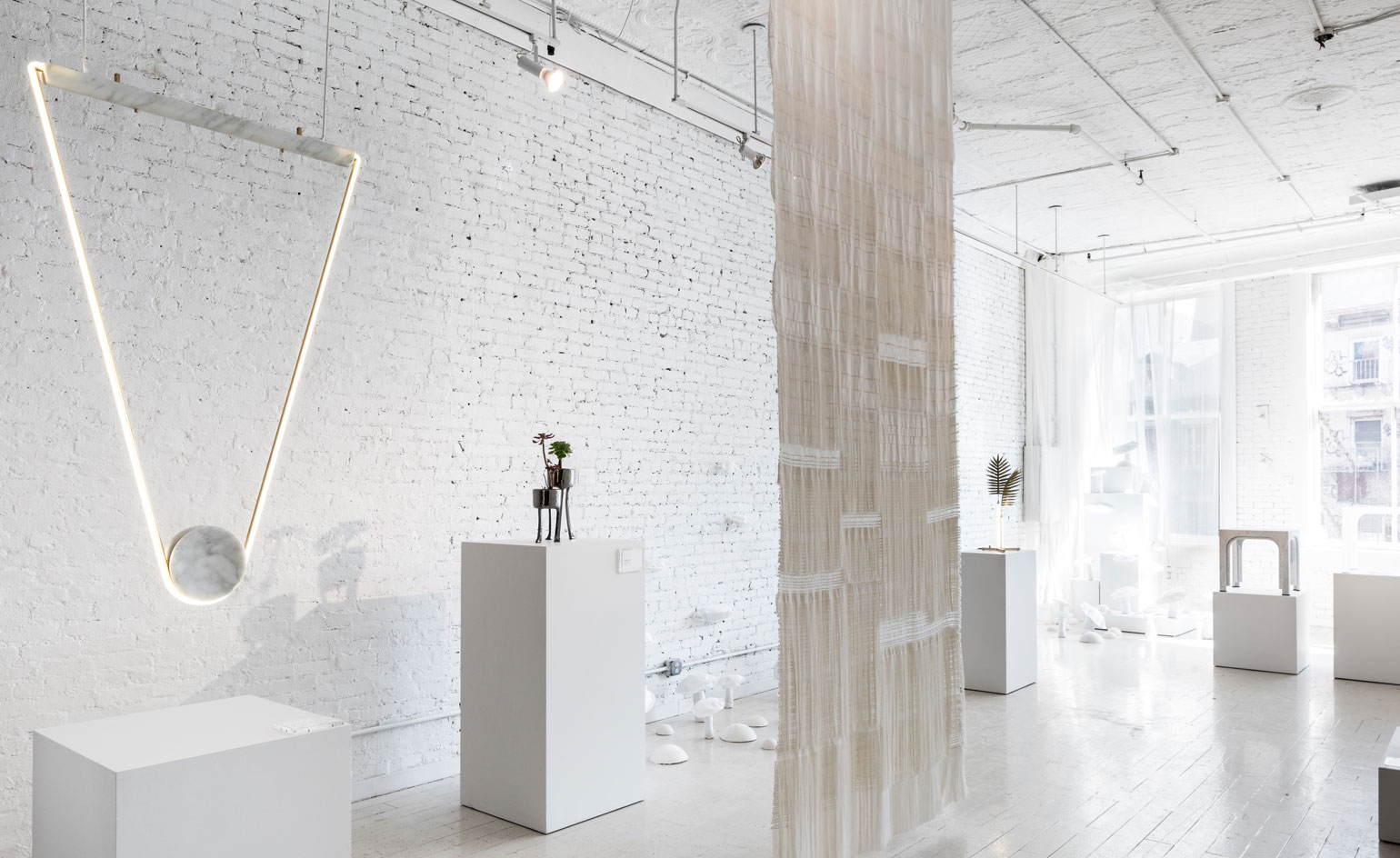 Home comforts: secrecy and private sanctuaries ruled NYCxDesign 2017
Home comforts: secrecy and private sanctuaries ruled NYCxDesign 2017By Julie Baumgardner
-
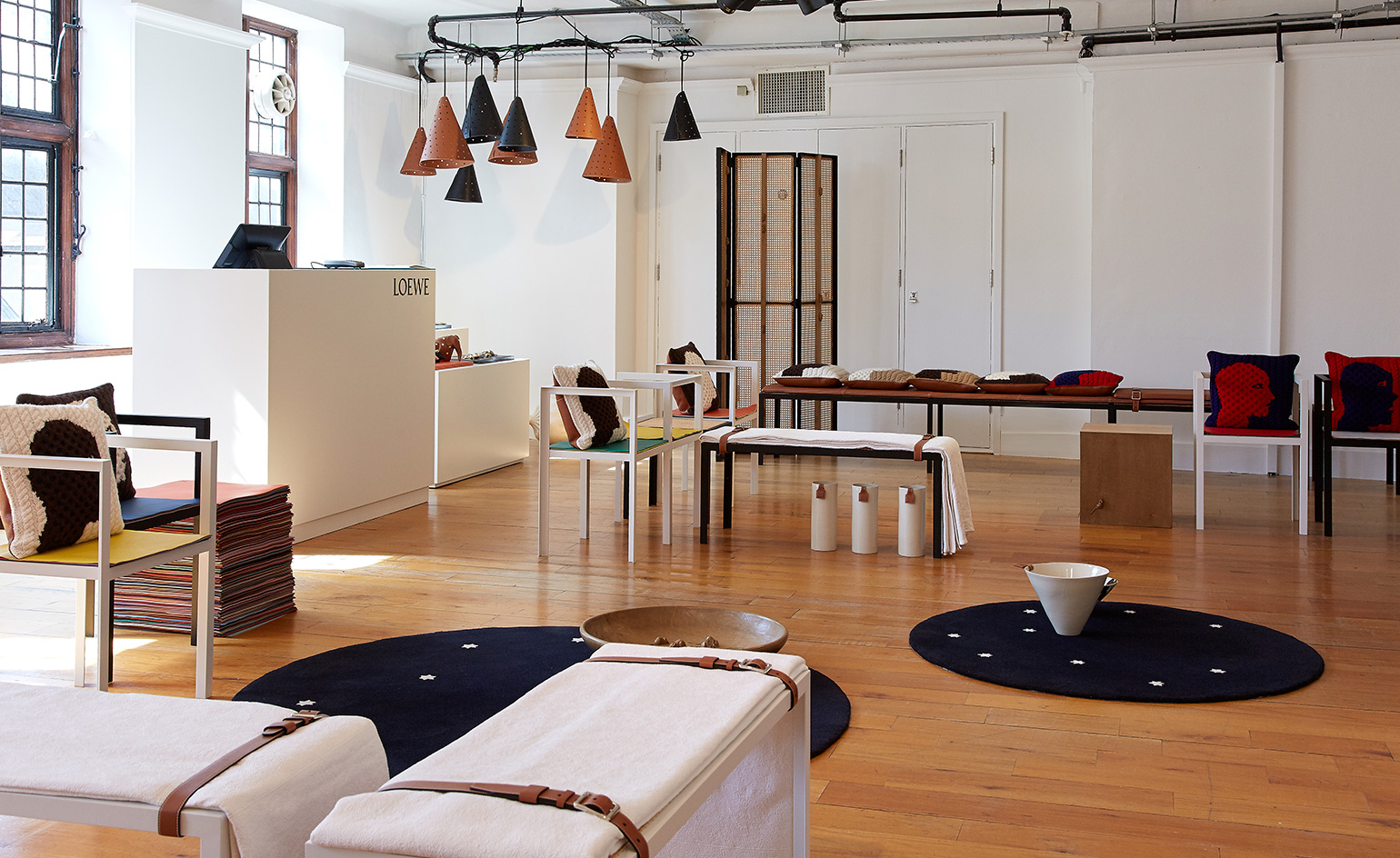 Now in its third year, London Craft Week is bringing genre-busting makers firmly to the fore
Now in its third year, London Craft Week is bringing genre-busting makers firmly to the foreBy Sujata Burman
-
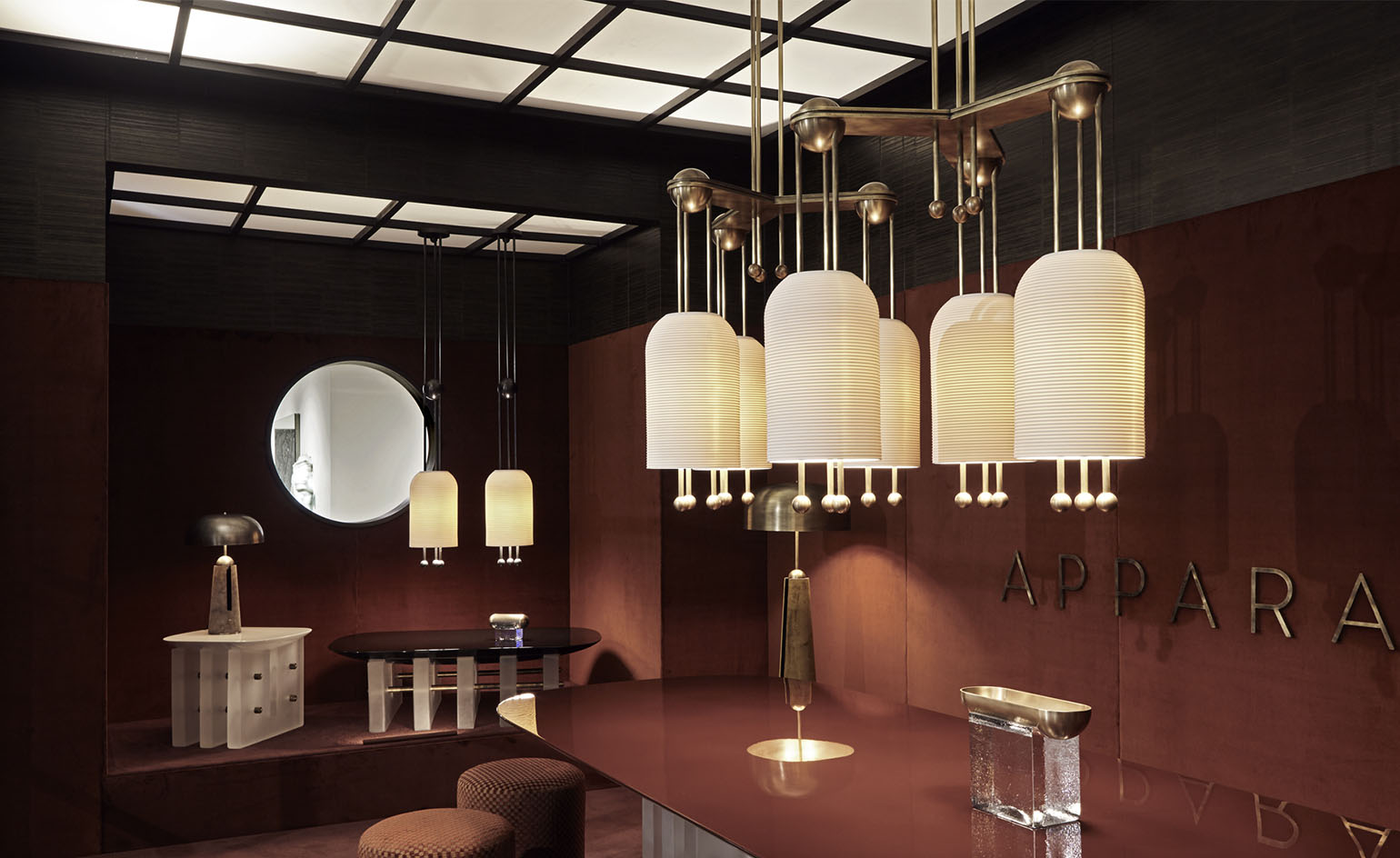 Green thumbs: Collective Design Fair 2017 takes a bucolic bent
Green thumbs: Collective Design Fair 2017 takes a bucolic bentBy Julie Baumgardner